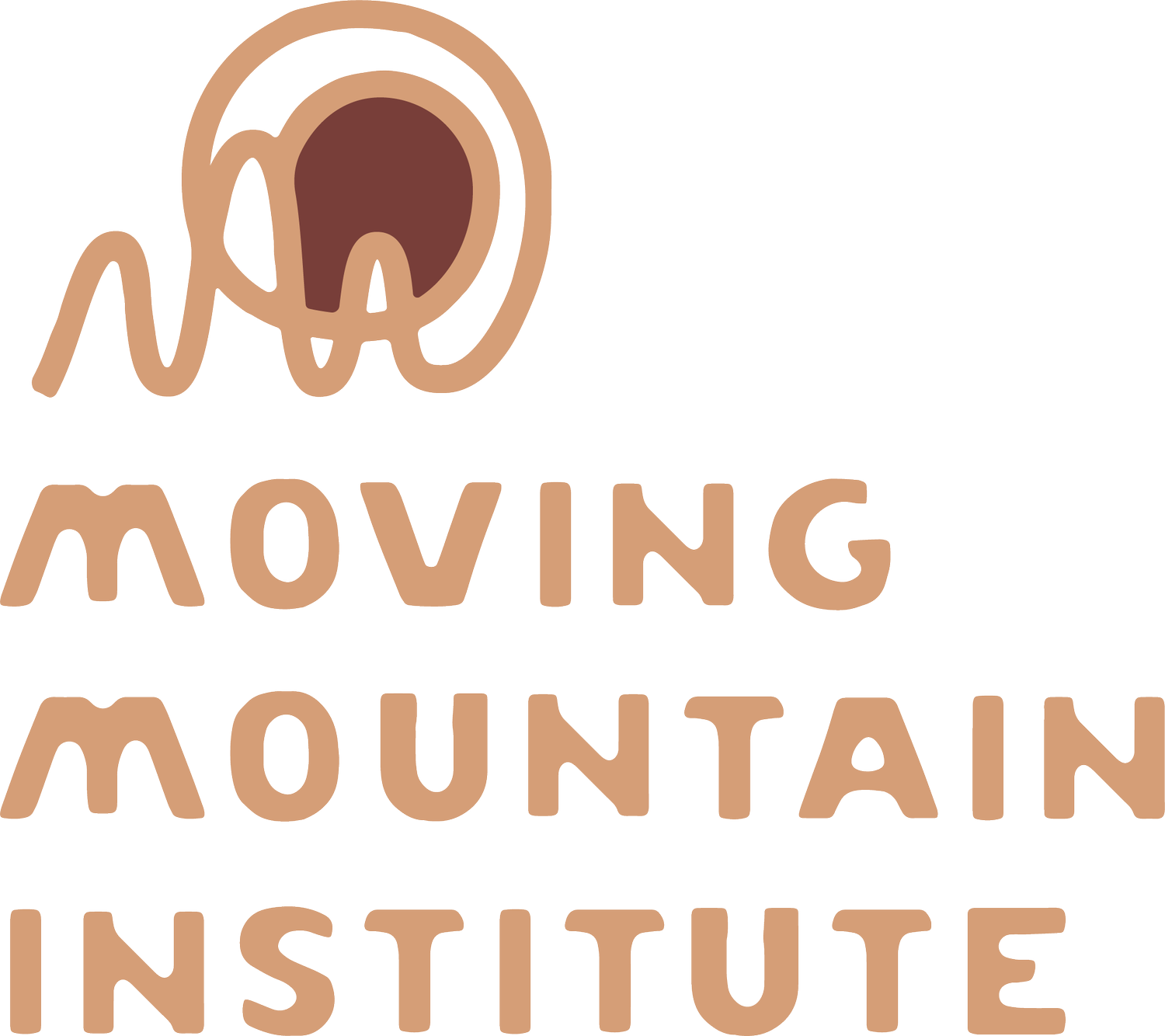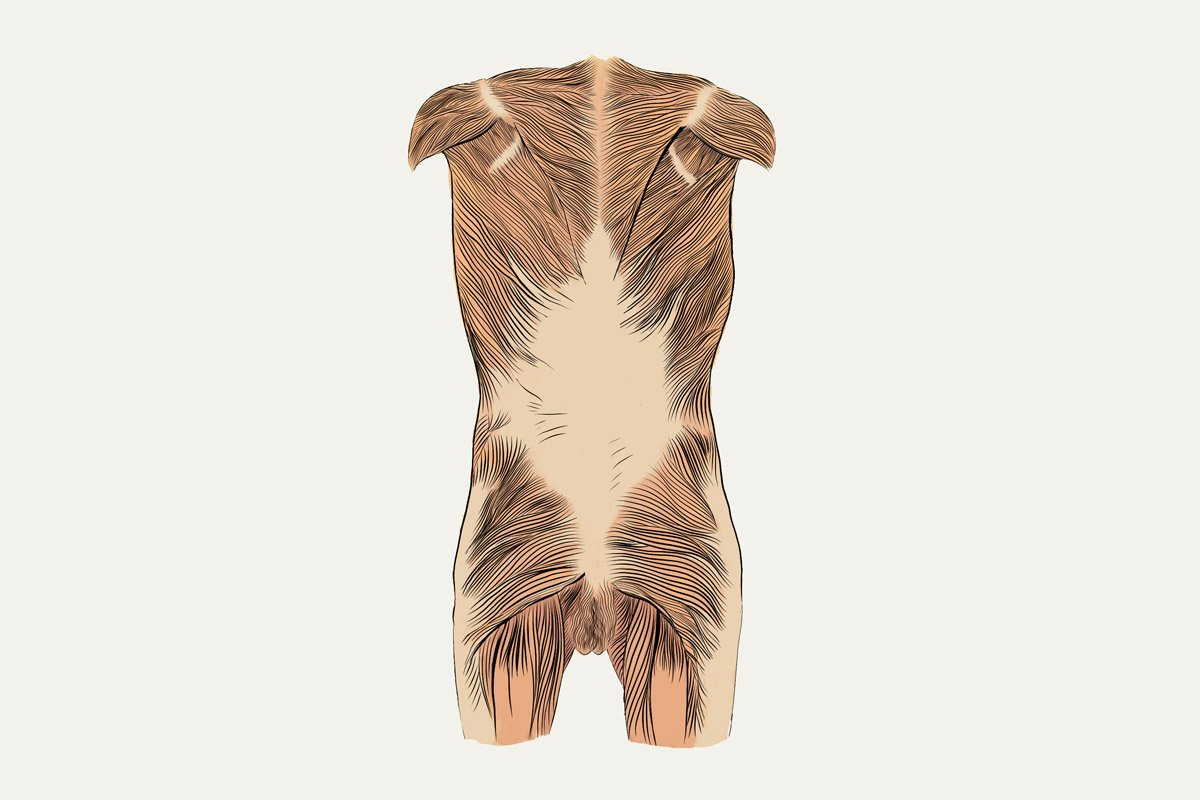About Myofascial Release
Moving Mountain Institute’s approach to Myofascial Release includes Myofascial Mapping + Techniques. For the work to be effective we need to utilize both great hand skills within a meaningful framework of myofascial anatomy. This helps us work where our work will have the most benefit. The techniques we teach help you meaningfully respond to the tissue dynamics where you are working.
Myofascial work should be gentle yet profound. The result is it’s easy on your body and it invites your client or patient to experience their nervous system in a new way, which builds their interoception.
Why Myofascial Mapping and Techniques?
The core of Moving Mountain’s myofascial approach is listening to the tissues and responding to what we feel or hear, thus engaging the wisdom of the body. We teach you to listen to the tissues, follow the body’s wisdom via tension patterns, and apply gentle stretching or compression techniques. As you develop your myofascial listening and responding skills, then combine them with an understanding of the myofascial maps, your work will evolve in meaningful ways for your clients and you!
Mapping
Relational Anatomy
Myofascia means the fascial system that contains, organizes and connects our muscles with each other across joints; including, tendons, ligaments and their bony attachments. Our approach emphasizes the relationships between muscles via the fascia.
When we include the myofascial relationships to our anatomy study, a new world of interrelationship opens up for us and we can begin to understand tension patterns moving from seemingly disparate parts of the body.
Techniques
Applied Listening Hands
Myofascial work is more than just stretching tissues. It is a dance we do with the tissues and the nervous system. We listen for tissue response and either engage a lengthening of the tissues or a shortening of the tissues.
It is the combination of the two + sinking to the appropriate depth that allows the body to release held tension on its own. The pace of this work is slow, the fascia responds to time + soft pressure; this invites the nervous system into a state of witnessing itself in relation to the body.
Check out our blog post about Myofascial Mapping and Techniques
What You’ll Learn
Learn to treat chronic and acute pain in your client without hurting yourself. Find the source of the pain and identify the myofascial tension patterns that are creating the pain. These are usually not the site of the chief complaint but somewhere else. Where? That’s where learning myofascial anatomy and a listening based approach come in!
Our curriculum has two primary courses. In the lower body course we will map and treat from the thoracolumbar fascia (TLF) inferiorly and deep. In the upper body course we will map and treat from the TLF into the thoracic spine, shoulder and neck. In both courses, we emphasize:
Hand skills: Listening hands are the core of good myofascial work. Throughout the curriculum we will work with you to cultivate the hands-on skills required for working within the fascial structure and milieu.
Anatomy: Learning anatomy helps build hand skills. When we can visualize the myofascial environment our hands can better connect. Michael is well known for his ability to make learning anatomy fun, accessible and even inspiring.
Technique development: Skills based learning is iterative. Students will be able to start using myofascial release techniques immediately. Subsequent skills build on each other and interrelate with what was learned previously. In this way while you learn new skills you improve your overall understanding of the work.
Thoracolumbar fascia (TLF): Both courses begin with a deep dive into the TLF. Carla Stecco, renowned fascial researcher, cites the thoracolumbar specifically as the most important myofascial structure in the body (we agree!). Tension patterns either enter into it from other places in the body OR arise there and then move to other structures.
Our MFR approach offers you 3 interrelated skillsets
1
Myofascial Hand Skills
Learn to listen to the body and follow the tension patterns in your client’s system.
2
Myofascial Mapping
Learn to interpret your listening findings and organize your treatment by following the body instead of a protocol.
3
Immediately Applicable Techniques
This is where you will learn to apply specific myofascial treatment principles and myofascial mapping, and put listening hands into action.
Myofascial Release: Upper Body + Core
TLF, Diaphragm, Thorax, Neck, Shoulder, Upper Extremities, and Core
We will start at the center with the thoracolumbar fascia. You will learn to understand how this structure is connected to the cylinder of the torso, including the diaphragm and the thoracolumbar junction. Orientation at the thoracolumbar junction is part of what positions the shoulder girdle in space. Fixation and misalignment at the TLJ can be part of the root cause of shoulder and upper extremity issues.
We also see how the latissimus dorsi connects with the TLF and is a link between tension in the lower back and upper extremity issues. After following these large pathways we will work specifically with the scapulo-thoracic joint and shoulder problems. We explore the interconnection between the shoulder and the neck and then lastly how all of this can contribute to complaints in the upper extremity.
We are excited to finally present mapping and techniques from the neck and shoulder in the arm. Students will learn effective techniques for assessing and treating complaints related to elbow, wrist and hand pain. These are often interrelated with issues in the neck and shoulder.
Note on Hypermobility Spectrum Disorder and Ehlers Danlos Syndrome: It is very common for folks experiencing these conditions to have pain patterns in the region of the shoulder girdle and neck. Techniques learned in this course will be helpful for these people, in particular our emphasis on "indirect techniques.” We encourage all practitioners to gain more training in these conditions. A great resource for information and training can be found at the Ehlers-Danlos Society website. They have online courses for allied health providers which we highly recommend.
-
Techniques and Mapping learned in this course will help you develop treatment plans for the following:
- Low back pain
- Thoracic pain
- Intercostal pain
- Neck pain
- Shoulder pain, time will be spent discussing adhesive capsulitis among other shoulder issues
- Elbow pain, including medial and lateral epicondylitis
- Wrist and hand pain, including carpal tunnel syndrome
Because the TLF is so interwoven with the rest of the body, releases there will often refer to other locations and you will be able to use your existing skill set to take that information and treat what you find.
The terrain covered in these two weekends overlaps with the Bladder and Small Intestine channels of East Asian medicine. The Small Intestine channel was sometimes referred to as the shoulder channel and we will look at how some specific points correlate with important rotator cuff structures. We will look at the channels of the arms as part of our myofascial mapping and see how we can gain insights into how these areas are connected with other parts of the body.
Fall 2025
Two 3-day workshops + access to the online classroom lectures and materials 45 days before the training series begins and 90 days after it ends.
TUITION
REGULAR PRICE: $2,336
EARLYBIRD DISCOUNT: $1,985
BIPOC DISCOUNT: $1,868
SCHEDULE
2 WEEKENDS
MODULE I: September 19-21, 2025
MODULE II: November 7-9, 2025
CLASS TIMES: Friday 9:30am-4:30pm, Saturday 9:30am-4:30pm, Sunday 9:30am-3:30pm
OPPORTUNITIES TO SAVE
PAYMENT PLAN AVAILABLE!
15% OFF - Completed at least 1 previous MFR workshop*
50% OFF - Completed all 5 previous MFR workshops*
*Please send an email to thea@movingmountaininstitute.com for discount code.
Myofascial Release: Lower Body + Core
TLF, Low back, Hips, Glutes, Lower Extremities, and Core
We will start at the center with the thoracolumbar fascia. You will learn to understand how this structure is connected to the cylinder of the torso, including the diaphragm, psoas and ql, along with the transversus abdominus. You will get a detailed myofascial anatomy map of these relationships along with techniques to assess and treat them.
From there we will move to the TLF’s connection to the sacral fascia, glutes and hamstrings. Myofascial mapping and techniques will be presented for the internal and external rotators of the hips with emphasis on glute medius and piriformis.
We are very excited to finally present mapping and techniques for the hamstrings, gastrocnemius, soleus, calcaneal tendon and plantar fascia. There are particularly dynamic relationships at the back of the knee that can be used to release the posterior myofascial pathway in either direction.
-
Techniques and Mapping learned in this course will help you develop treatment plans for the following:
- Low back pain
- Hip pain
- Digestive issues + abdominal pain
- Knee pain
- Ankle issues
- Plantar fasciitisBecause the TLF is so interwoven with the rest of the body, releases there will often refer to other locations and you will be able to use your existing skill set to take that information and treat what you find.
The terrain covered in these two weekends overlaps with the Bladder channel of East Asian medicine and also invites us to explore the Belt or Girdling channel, one of the “extraordinary channels.” The Belt Channel wraps around the low back and pelvis and we will explore how it might contain the TLF along with the interrelationships between the psoas, ql and diaphragm.
When we look at ideas from different times and different cultures there may not be one-to-one correlations, but there is correspondence and we can learn about the body when we are willing to put these different ideas together.
Spring 2026
Two 3-day workshops + access to the online classroom lectures and materials 45 days before the training series begins and 90 days after it ends.
TUITION
REGULAR PRICE: $2,336
EARLYBIRD DISCOUNT: $1,985
BIPOC DISCOUNT: $1,868
SCHEDULE
2 WEEKENDS
MODULE I: May 1-3, 2026
MODULE II: June 5-7, 2026
CLASS TIMES: Friday 9:30am-4:30pm, Saturday 9:30am-4:30pm, Sunday 9:30am-3:30pm
OPPORTUNITIES TO SAVE
PAYMENT PLAN AVAILABLE!
15% OFF - Completed at least 1 previous MFR workshop*
50% OFF - Completed all 5 previous MFR workshops*
*Please send an email to thea@movingmountaininstitute.com for discount code.
Four Ways Acupuncturists Benefit from this Course
If you are an acupuncturist and want to integrate bodywork into your practice this is a great course series for you! Specific benefits for acupuncturists and others doing East Asian bodywork:
- Learn the anatomy of the sinew channels
- Improve your channel palpation and channel diagnostics
- Improve your point location and needling skills
- Understand the biomechanics of common injuries in a way that integrates with the channel perspective offered by East Asian medicine.
Listen to the Body,
Follow the Map
This means less effort for you and greater impact for your client or patient.
What People Are Saying
TESTIMONIALS FROM OUR STUDENTS








